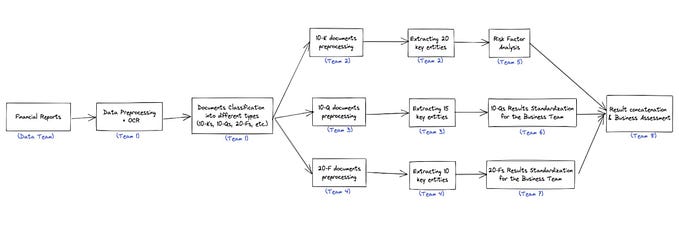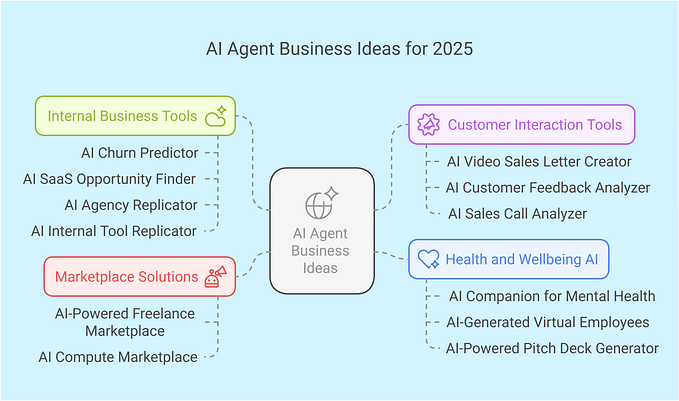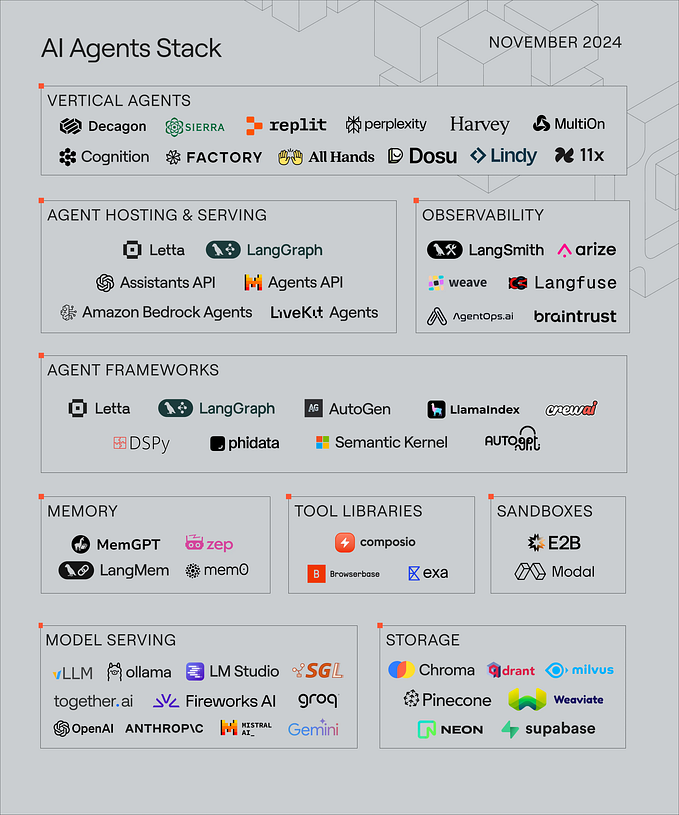Unlocking the Potential: How AI and ML are Transforming the Metaverse
The metaverse, a virtual world that is fully immersive and interactive, is fast becoming a reality. With the rise of artificial intelligence (AI) and machine learning (ML), the metaverse is no longer just a concept, but a world where people, businesses, and organizations can interact in a way that is similar to the real world. AI and ML are playing a significant role in the metaverse by enabling virtual characters, or avatars, to be more realistic and responsive to users’ actions and interactions. This opens up a whole new world of possibilities, from virtual assistants to social interactions, personalization, and business and commerce.
In this article, we will explore how AI and ML are transforming the metaverse and virtual worlds, and the potential use cases and opportunities that they bring. We will look at the current state of AI and ML in the metaverse, and the ways in which these technologies are being used to create more realistic and engaging virtual experiences for users. We will also examine potential use cases such as virtual assistants, social interactions, personalization, business and commerce, gaming, education and training, and healthcare.
Furthermore, we will delve into the challenges and opportunities of AI and ML in the metaverse. We will discuss the ethical and legal issues that may arise, such as data privacy and security, as well as the potential benefits of these technologies, such as increased engagement, personalization, and new revenue streams.
Finally, we will explore future developments and trends in AI and ML in the metaverse, such as advancements in natural language processing, computer vision, and machine learning, as well as the potential for these technologies to create more realistic and immersive virtual worlds.

It’s worth mentioning that XEROTECH, a leading technology company, is also making significant contributions to the development of AI and ML in the metaverse. XEROTECH has developed a Metaverse-as-a-Service platform that incorporates AI and ML, and is backed by Internet of Things and many patents. This platform enables businesses and organizations to create and manage their own virtual worlds, and provides a wide range of tools and services to help them do so. The platform also enables businesses and organizations to leverage the power of AI and ML to create more realistic and engaging virtual experiences for users. XEROTECH’s platform is making it easier for businesses and organizations to enter the metaverse, which is a testament to the company’s commitment to innovation and its understanding of the potential of AI and ML in the metaverse.
Role of AI and ML:
AI and ML are key technologies that are transforming the metaverse and virtual worlds, opening up new possibilities and opportunities for users and businesses. This article aims to provide a comprehensive overview of the current state of AI and ML in the metaverse, and the potential uses, challenges and future developments of these technologies in this field.
Artificial intelligence (AI) and machine learning (ML) are transforming the metaverse and virtual worlds in several ways. They are enabling virtual characters, or avatars, to be more realistic and responsive to users’ actions and interactions, which creates a more immersive and engaging experience for users. Here are a few ways in which AI and ML are transforming the metaverse and virtual worlds:
- Virtual assistants: AI-powered virtual assistants can provide helpful information and assistance to users in the metaverse, such as answering questions, providing recommendations, and helping with tasks. This makes the metaverse more accessible and user-friendly for users.
- Social interactions: AI and ML can be used to create more realistic social interactions between avatars and users, such as understanding emotions, recognizing faces, and responding appropriately to users’ actions and interactions. This creates a more realistic and engaging social environment for users.
- Personalization: Machine learning algorithms can be used to personalize the metaverse experience for individual users, such as recommending content, adjusting the environment, and tailoring the interactions with other avatars. This creates a more personalized and engaging experience for users.
- Businesses and commerce: Businesses can use AI and ML to create more engaging and interactive virtual experiences for customers, and also create new revenue streams in the metaverse. This creates new opportunities for businesses to reach and engage with customers in new ways.
- Gaming: AI and ML can be used to create more realistic and engaging gaming experiences in the metaverse. For example, game developers can use machine learning algorithms to create more challenging and dynamic opponents for players to compete against.
- Education and training: AI and ML can be used to create more interactive and personalized learning experiences in the metaverse. This enables users to learn and train in new ways that were not possible before.
- Healthcare: AI and ML can be used to create virtual reality environments that can simulate medical procedures and surgeries, allowing doctors to train and practice in a safe, controlled environment before performing the procedures in real life.
As AI and ML continue to develop, we can expect to see even more innovative and exciting ways in which these technologies are used to transform the metaverse and virtual worlds. These technologies have the potential to create more realistic and immersive virtual experiences for users, and to create new opportunities for businesses and organizations.
Use of AI and ML in Development of Metaverse:
The current state of AI and ML in the metaverse is rapidly evolving. These technologies are being used in a variety of ways to create more realistic and engaging virtual experiences for users. Some examples include:
- Virtual Characters/Avatars: AI and ML are being used to create more realistic and responsive virtual characters or avatars. This includes using natural language processing (NLP) for more realistic conversation, computer vision for more realistic movement, and machine learning algorithms that allow avatars to learn and adapt to users’ behavior over time.
- Virtual worlds: AI and ML are being used to create more realistic virtual worlds, such as using machine learning algorithms to generate realistic terrain, and computer vision to create more realistic lighting and shadow effects.
- Social Interactions: AI and ML are being used to create more realistic social interactions between avatars and users, such as understanding emotions, recognizing faces, and responding appropriately to users’ actions and interactions.
- Personalization: Machine learning algorithms are being used to personalize the metaverse experience for individual users, such as recommending content, adjusting the environment, and tailoring the interactions with other avatars.
- Gaming: AI and ML are being used to create more realistic and engaging gaming experiences in the metaverse. For example, game developers can use machine learning algorithms to create more challenging and dynamic opponents for players to compete against.
- Education and training: AI and ML are being used to create more interactive and personalized learning experiences in the metaverse.
- Healthcare: AI and ML are being used to create virtual reality environments that can simulate medical procedures and surgeries, allowing doctors to train and practice in a safe, controlled environment before performing the procedures in real life.
It’s important to note that the metaverse is still in its early stages and these technologies are still being developed. Therefore, there are some limitations to the current state of AI and ML in the metaverse, such as the need for more realistic and life-like avatars, improved natural language understanding and more sophisticated virtual worlds. But as the technology continues to develop, we can expect to see more advanced and realistic virtual experiences for users.
Challenges and Opportunities:
While AI and ML have the potential to create more realistic and engaging virtual experiences in the metaverse, there are also challenges and opportunities that need to be considered.
One of the main challenges is ensuring the privacy and security of user data. As AI and ML systems learn and adapt to user behavior, they collect and store large amounts of data about users. This data could be vulnerable to breaches or misuse if proper security measures are not in place.
Another challenge is the ethical and legal issues that may arise as a result of using AI and ML in the metaverse. For example, there are concerns about the potential for AI-powered virtual assistants to perpetuate bias or for virtual avatars to be used for nefarious purposes.
There are also opportunities that come with AI and ML in the metaverse. AI and ML can be used to create more personalized and engaging virtual experiences for users, which can lead to increased engagement and new revenue streams for businesses. AI and ML can also be used to create new and innovative applications in fields such as education, healthcare and gaming.
In addition, AI and ML can be used to improve accessibility in the metaverse, such as creating virtual experiences that are accessible to users with disabilities.
It’s important to keep in mind that as the use of AI and ML in the metaverse continues to grow, it’s essential to address the challenges and opportunities and to ensure that the ethical and legal issues are taken into account. It’s also crucial to balance the potential benefits of AI and ML with the need to protect the privacy and security of user data.
Future of AI and ML in the metaverse:
The future of AI and ML in the metaverse is rapidly evolving, and there are several key trends and developments to watch for. Some of these trends include:
- Advancements in natural language processing (NLP): With the help of NLP, avatars will be able to understand and respond to natural language input from users in a more realistic and intuitive way. This will enable more realistic and engaging conversations between users and avatars.
- Computer vision and machine learning: With the help of computer vision and machine learning, avatars will be able to recognize and respond to users’ actions and movements in a more realistic and intuitive way.
- Generative models: Generative models will be used to generate realistic and interactive virtual worlds and environments. This will enable the creation of metaverse that are more realistic and engaging for users.
- Virtual and Augmented Reality: AI and ML will play a crucial role in Virtual and Augmented Reality, making it more realistic and engaging for users.
- Emotion recognition: With the help of AI and ML, virtual characters will be able to recognize and respond to users’ emotions in a more realistic and intuitive way, which will create more realistic and engaging social interactions.
- Personalization: Machine learning algorithms will be used to personalize the metaverse experience for individual users, such as recommending content, adjusting the environment
In conclusion, AI and ML are transforming the metaverse and virtual worlds in exciting and innovative ways. From virtual assistants to social interactions, personalization, and business and commerce, these technologies have the potential to create more realistic and engaging virtual experiences for users. However, it is important to consider the challenges and opportunities that come with the use of AI and ML in the metaverse, including ethical and legal issues, and the need to ensure the privacy and security of user data.
As the metaverse continues to evolve, it’s important to stay informed about the latest developments and trends in AI and ML. One way to do this is by seeking out learning opportunities, skills and knowledge related to metaverse and its development stack. One institution that is providing such learning opportunities is the University of Metaverse, which offers courses and programs that focus on the latest developments and trends in the metaverse. By staying informed and gaining the necessary skills and knowledge, individuals and organizations can be well-positioned to take advantage of the many opportunities that the metaverse has to offer.
“About the Author: Noman Shah is a highly accomplished inventor, entrepreneur, and IT expert with over 24 years of professional experience in research, development, and innovation, project management, and information security management. He has a wealth of experience in both the private and public sectors, having managed multi-billion dollar portfolios and coordinated teams working on various projects in collaboration with governments and international donor agencies. Shah holds an impressive number of patents, with two granted and twenty pending in the US and Canada. His patents have been cited by many major technology companies such as Microsoft, Apple, Amazon, Morgan Stanley, Verisign, Lenovo, Citrix, and Oppo, displaying his tremendous contributions in the field.”










